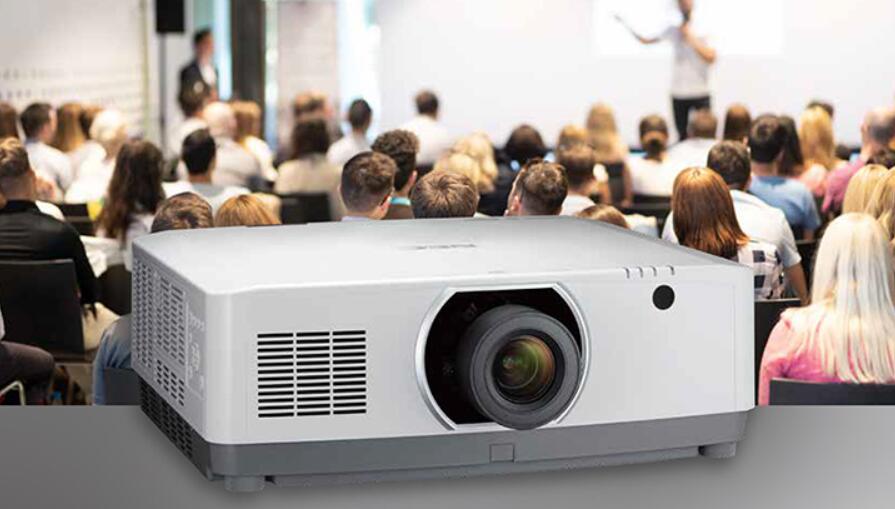Color Accuracy For Projector
Color accuracy is an essential factor to consider when selecting a projector. It refers to the projector’s ability to reproduce colors that are true to life and accurately reflect the original content being projected. Accurate color reproduction is especially important for applications such as graphic design, photography, and video editing, where the colors need to be displayed as accurately as possible.
There are several factors that can affect color accuracy in a projector, including the type of technology used, the color space supported, and the calibration of the projector.
Technology:
The type of technology used in a projector can have a significant impact on color accuracy. LCD (liquid crystal display) projectors are known for their accurate color reproduction and are a popular choice for applications that require color accuracy. DLP (digital light processing) projectors are another popular choice, but they may require more calibration to achieve accurate color reproduction.
Color Space:
Color space refers to the range of colors that a projector is capable of displaying. The most common color space for projectors is sRGB, which is the standard color space for most consumer devices. However, some projectors support wider color spaces such as Adobe RGB and DCI-P3, which can produce more vivid and accurate colors.
Calibration:
Calibration is the process of adjusting a projector’s settings to achieve accurate color reproduction. This can involve adjusting settings such as brightness, contrast, color temperature, and gamma. Most projectors come with pre-set modes for different types of content, such as movies, games, and presentations, but these modes may not always provide the best color accuracy. For the most accurate color reproduction, it is recommended to calibrate the projector using a colorimeter, which is a device that measures color accuracy.
In addition to these factors, ambient lighting and screen color can also affect color accuracy. Ambient lighting can wash out colors, while a screen with a different color temperature than the projector can result in inaccurate color reproduction.
To ensure accurate color reproduction, it is important to select a projector that has a high color accuracy rating and supports a wide color space. It is also important to calibrate the projector using a colorimeter to achieve the most accurate color reproduction possible. Additionally, it may be helpful to adjust the ambient lighting and screen color to ensure the best possible viewing experience.
In conclusion, color accuracy is an important factor to consider when selecting a projector. It affects the projector’s ability to reproduce colors that are true to life and accurately reflect the original content being projected. By understanding the factors that affect color accuracy, such as technology, color space, and calibration, you can select a projector that provides the best possible color accuracy for your needs.




